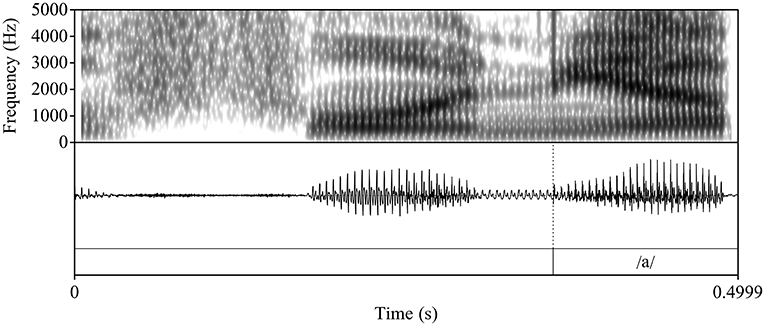
Once you've opened Praat, several windows will open automatically, and there are many other windows which will pop up later on when you click different buttons, so we’d better discuss different windows in Praat before we introducing different buttons. The clear visual presentation of operational procedures and introduction to acoustic knowledge are provided to facilitate the use of Praat in linguistic research. The target readers of this are those beginners who are not equipped with a strong phonetics or programming background but want to do some phonetic analysis of speech sounds.
#Nasal formants in praat manuals
The current manual is compiled from a variety of elaborate manuals with a special focus on those most-frequently used functions and techniques for acoustic analysis. However, the majority of the existing Praat manuals were designed for software documentation and assumes a strong phonetics or programming background of readers. There are many Praat tutorials available for helping with the Praat application. Praat was designed to cater for different needs with easy interface, many default options to learn by trying, searchable manual, and various possibilities of analysis, manipulation and labeling (Goldman, 2004: 1). It's free and available for most platforms.

It was designed, and continues to be developed, by Paul Boersma and David Weenink of the University of Amsterdam. Praat is an open-software tool for the analysis of speech in phonetics.


 0 kommentar(er)
0 kommentar(er)
